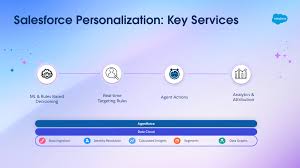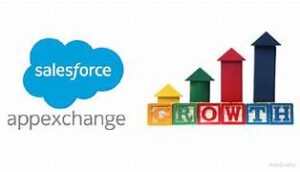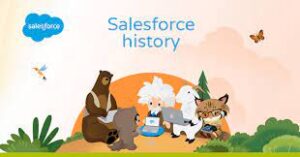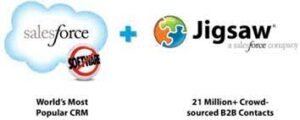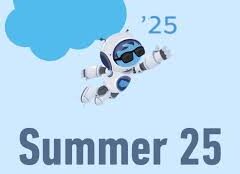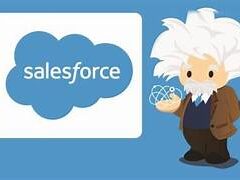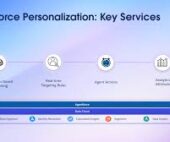The Future of Hyper-Personalization: Salesforce’s AI-Powered Revolution
From Static Campaigns to Real-Time Individualization
In today’s digital interaction world, 73% of customers expect companies to understand their unique needs (based on Salesforce Research). Salesforce is answering this demand with a transformative approach to personalization, blending AI, real-time data, and cross-channel orchestration into a seamless system. The Future of Hyper-Personalization is here!
The Evolution of Salesforce Personalization
From Evergage to AI-Native: A Timeline
- 2020: Salesforce acquires Evergage → rebrands as Interaction Studio
- 2022: Becomes Marketing Cloud Personalization with deeper CRM integration
- Winter ’25: Launches Salesforce Personalization — AI-native, Data Cloud-powered decision engine
Key Limitations of Legacy Solutions
- Technical Complexity: Required developer resources for setup/updates
- Channel Silos: Web-focused with limited cross-channel synergy
- Static Rules: Manual segment-based approaches
Introducing Salesforce Personalization: AI at the Core
3 Breakthrough Capabilities
- Real-Time Decision Engine
- Processes 2M+ customer signals/sec via Data Cloud
- Dynamically adjusts content (web/email/mobile) based on live behavior
- Unified Cross-Channel Intelligence
- Powers:
- Commerce Cloud product recommendations
- Service Cloud next-best-action
- Marketing Cloud email variants
- Powers:
- Marketer-Centric AI Tools
- Point-and-click rule builder (no coding)
- Auto-optimizing experiments (A/B → multi-arm bandit)
- Conversational analytics (“Show top-performing segments last week”)
How It Works: The Technical Magic

Core Components
- Data Cloud: Unified customer profiles with real-time enrichment
- Agentforce: AI agents that predict intent and prescribe content
- SONAR Embeddings: Semantic understanding of unstructured data
Head-to-Head: Legacy vs. Next-Gen
| Feature | Marketing Cloud Personalization | Salesforce Personalization |
|---|---|---|
| AI Foundation | Rules-based | Generative + Predictive |
| Data Source | Primarily 1st-party | Unified (1st/2nd/3rd-party) |
| Channel Coverage | Web-centric | Omnichannel |
| Setup Complexity | High (IT-dependent) | Low-code |
| Optimization | Manual A/B testing | Autonomous AI |
Proven Impact: Early Results
- Luxury Retailer: 34% lift in email CTR via dynamic product carousels
- B2B SaaS: 27% faster sales cycles with personalized demo content
- Healthcare: 41% reduction in call center volume through anticipatory service
Implementation Roadmap
For New Adopters
- Foundational
- Implement Data Cloud → build Golden Customer Profiles
- Activate Real-Time Event Streaming
- Activation
- Deploy Personalization Decision Hub
- Configure AI Guardrails (bias detection, compliance)
- Optimization
- Launch Auto-Personalization Experiments
- Monitor via Conversational Insights
For Existing Marketing Cloud Personalization Users
- Parallel Run: Test new engine on non-critical traffic
- Data Migration: Use Personalization Bridge API
- Team Upskilling: Leverage Trailhead’s AI Personalization Modules
The Future Vision
Salesforce is advancing toward:
- Predictive Personalization: AI that anticipates needs before expressed
- Multimodal Experiences: Unified web/voice/AR content adaptation
- Self-Healing Campaigns: Automatic correction of underperforming variants
“We’re moving from ‘right message, right time’ to ‘right message before they ask'”
— Salesforce CPO
Your Next Steps
- Assess
- Audit current personalization maturity with Personalization Scorecard
- Experiment
- Pilot on low-risk channels (e.g., post-purchase emails)
- Scale
- Expand to high-impact journeys (acquisition, retention)
“The last decade was about collecting customer data. This decade is about activating it with intelligence.”
🔔🔔 Follow us on LinkedIn 🔔🔔

